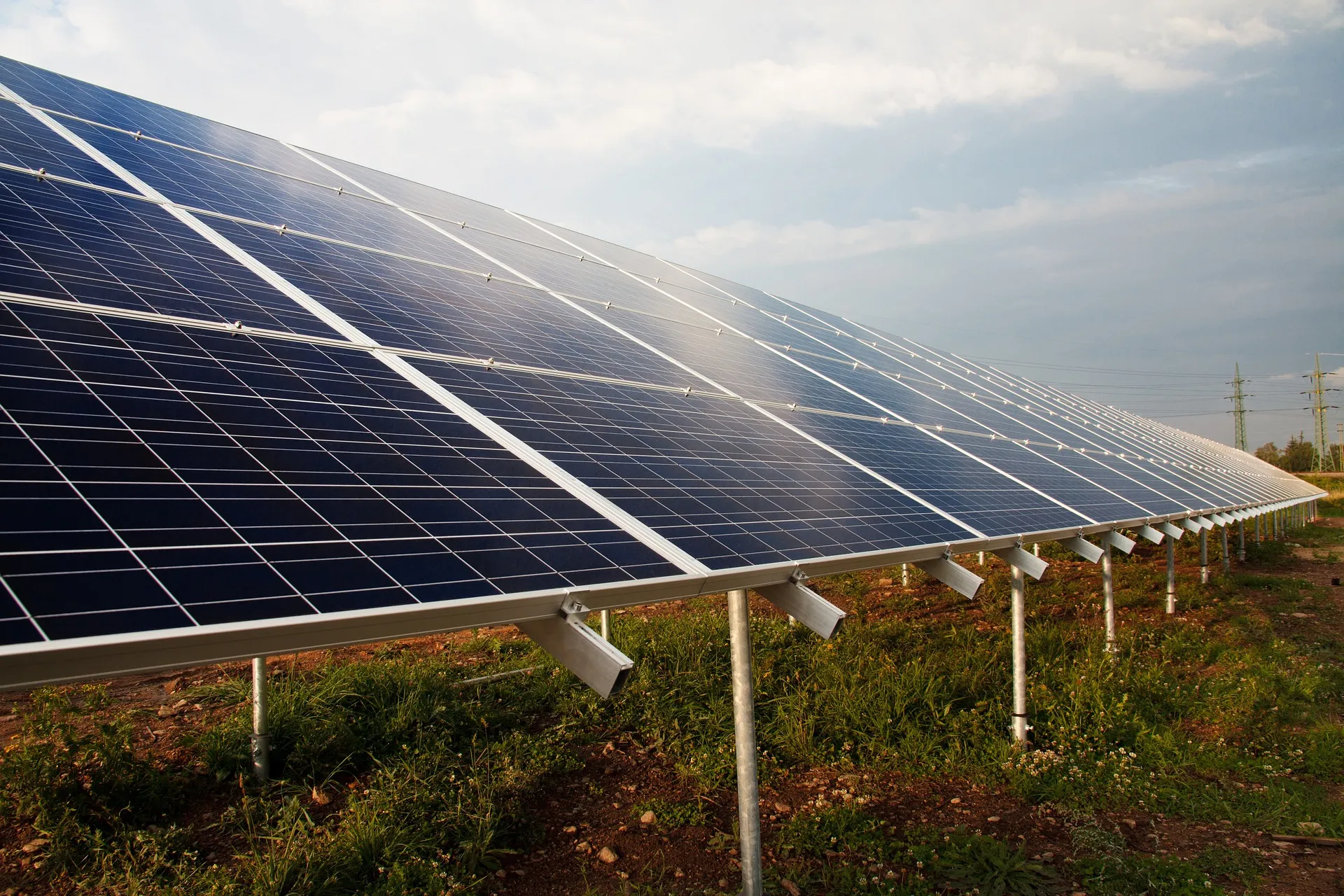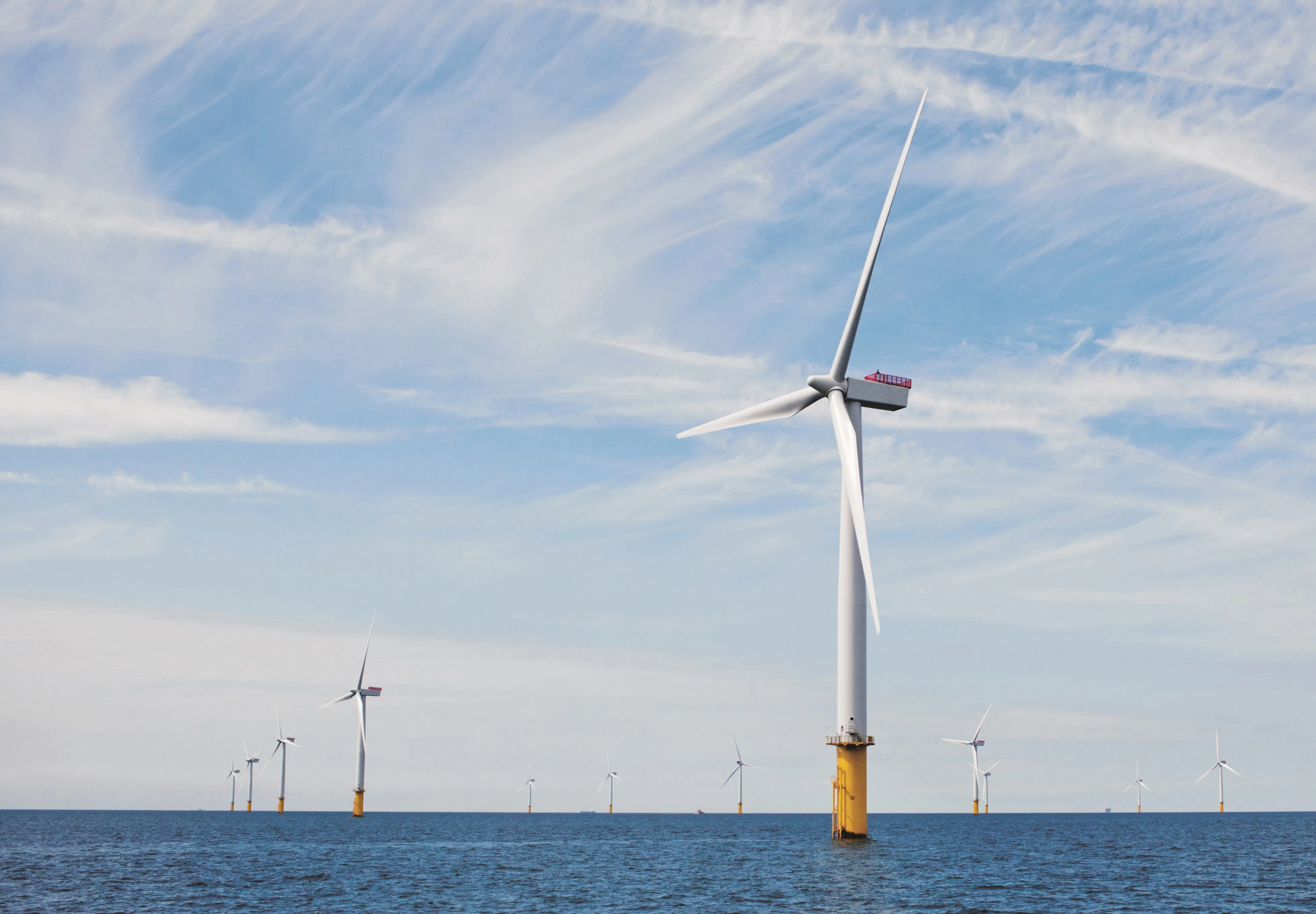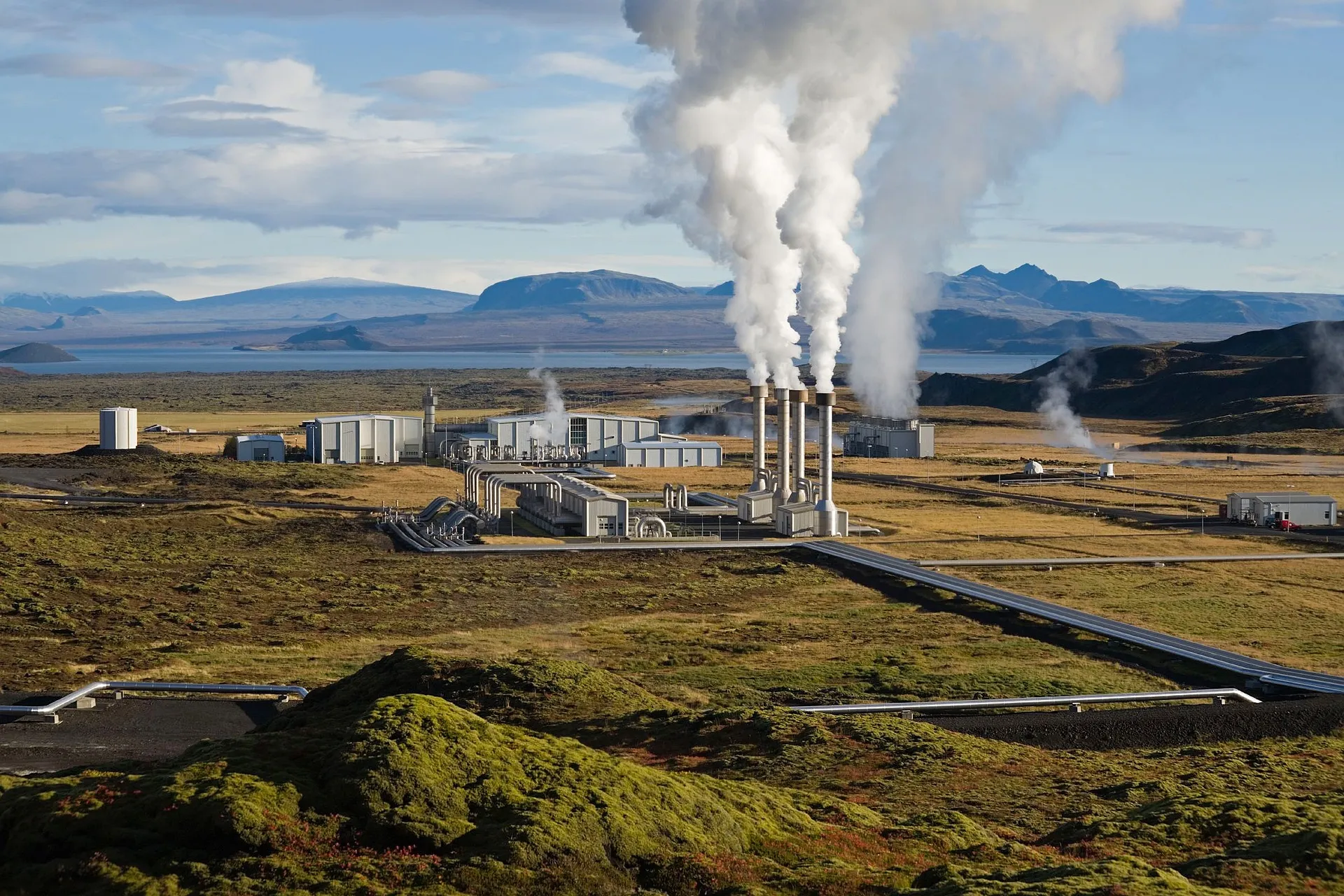What is a Renewable Energy?
Renewable energy is defined as energy derived from natural sources that are replenished at a faster rate than it is consumed. Sunlight and wind are two examples of such constantly replenishing sources. Renewable energy sources abound and are all around us.
To take advantage of these natural resources, a wide range of energy-producing technologies and equipment have been developed over time. As a result, usable energy in the form of electricity, industrial heat, thermal energy for space and water conditioning, and transportation fuels can be generated.
COMMON TYPES OF RENEWABLE ENERGY
SOLAR ENERGY

Sunlight is one of our planet's most abundant energy sources.
Solar energy is the most abundant of all energy resources and can be used even in cloudy conditions. The rate at which the Earth intercepts solar energy is approximately 10,000 times greater than the rate at which humanity consumes energy.
Solar technologies have the potential to provide heat, cooling, natural lighting, electricity, and fuel for a wide range of applications. Solar technologies use photovoltaic panels or mirrors to concentrate solar radiation to convert sunlight into electrical energy.
WIND ENERGY

Wind energy uses large wind turbines located on land (onshore) or in saltwater or freshwater to capture the kinetic energy of moving air (offshore). Wind energy has been used for millennia, but in recent years, onshore and offshore wind energy technologies have evolved to maximize electricity production - with taller turbines and larger rotor diameters.
Even though average wind speeds vary greatly by location, the world's technical potential for wind energy exceeds global electricity production, and there is ample potential in most regions of the world to enable significant wind energy deployment.
GEOTHERMAL ENERGY

Geothermal energy extracts thermal energy from the Earth's interior. Heat is extracted from geothermal reservoirs using wells or other methods.
Hydrothermal reservoirs are those that are naturally sufficiently hot and permeable, whereas enhanced geothermal systems are those that are sufficiently hot but are improved with hydraulic stimulation.
Once at the surface, fluids of varying temperatures can be used to generate electricity. The technology for generating electricity from hydrothermal reservoirs is mature and reliable, having been in use for more than a century.
HYDROPOWER

Hydropower captures the energy of moving water from higher to lower elevations. It can be produced by reservoirs and rivers. Reservoir hydropower plants use stored water in a reservoir, whereas run-of-river hydropower plants use energy from the river's available flow.
Hydropower reservoirs frequently serve multiple functions, including drinking water, irrigation water, flood and drought control, navigation services, and energy supply.
Hydropower is currently the most important renewable energy source in the electricity sector. It is dependent on generally stable rainfall patterns and can be harmed by climate-induced droughts or changes in ecosystems that affect rainfall patterns.
BIOMASS ENERGY

Bioenergy is made from a variety of organic materials known as biomass, including wood, charcoal, dung, and other manures for heat and power generation, and crops for liquid biofuels. Solid fuel derived from plant resources is converted into electricity in this process. The majority of biomass is used for cooking, lighting, and space heating in rural areas, primarily by poorer populations in developing countries.
Modern biomass systems include dedicated crops or trees, agricultural and forestry residues, and a variety of organic waste streams. Although the burning of organic materials to generate electricity is at the heart of biomass, this process is now cleaner and more energy-efficient.
By converting household, industrial, and agricultural waste into solid, liquid, and gas fuels, biomass generates power at a significantly lower financial and environmental cost.
Burning biomass produces greenhouse gas emissions, but at a lower level than burning fossil fuels such as coal, oil, or gas. However, given the potential negative environmental consequences of large-scale increases in forest and bioenergy plantations, as well as the resulting deforestation and land-use change, bioenergy should be used only in limited applications.
OCEAN ENERGY

Ocean energy is another hydro energy source that uses twice-daily tidal currents to power turbines and feeds the power grid. In other words, Ocean energy is derived from technologies that use the kinetic and thermal energy of seawater - such as waves or currents - to generate electricity or heat.
Ocean energy systems are still in their infancy, with several prototype wave and tidal current devices being investigated. Ocean energy's theoretical potential easily exceeds current human energy requirements.
Even though the tidal flow is not constant, it is very predictable and can compensate for times when the tide current is weak.
Source: United Nations. “What Is Renewable Energy?” United Nations, www.un.org/en/climatechange/what-is-renewable-energy

